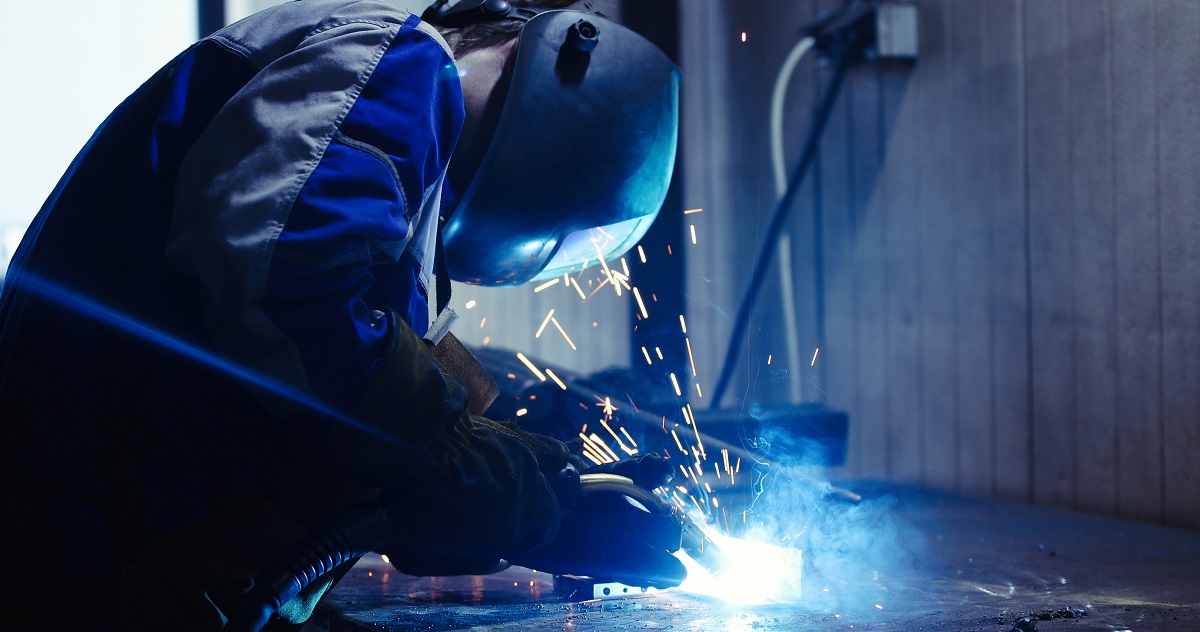Your Total Manual to Preventing Weld Undercut Like a Pro
Your Total Manual to Preventing Weld Undercut Like a Pro
Blog Article
Important Tips for Welders: Protecting Against Undercut Welding and Ensuring Stronger Weld Joints
In the world of welding, attaining solid and long lasting weld joints is the keystone of creating top notch job. One typical challenge that welders frequently experience is undercut welding, which can compromise the integrity of the weld joint.

Understanding Undercut Welding
Undercut welding is a typical welding problem that takes place when the weld metal falls short to correctly load the groove and results in a groove-like clinical depression along the weld bead. This flaw compromises the weld joint, making it prone to cracking and failing under stress and anxiety. Undercutting can be created by various elements, consisting of excessive welding present, high welding rate, improper electrode angle, inaccurate electrode dimension, and poor welding method.
Among the main reasons for undercut welding is an inequality between the welding current and the welding speed. If the welding current is as well high or the welding rate is too quick, the weld steel might not properly fill up the groove, bring about damaging. Additionally, utilizing an electrode that is as well huge can cause a similar outcome, as the excess metal can not properly stream into the groove.
To stop undercut welding, welders need to guarantee they are using the right welding criteria, keep an ideal electrode angle, pick the appropriate electrode size, and practice appropriate welding techniques. By resolving these variables, welders can lessen the threat of undercutting and produce stronger, a lot more trusted weld joints.
Proper Welding Strategy
Effective welding strategy plays a critical function in guaranteeing the quality and honesty of weld joints. One essential aspect of correct welding method is maintaining the proper angle and distance in between the welding gun and the workpiece.
Furthermore, a consistent and consistent hand activity is vital for creating strong and long lasting weld joints. Welders must aim for smooth, consistent activities to ensure also distribution of the weld product. Appropriate adjustment of the welding gun and filler product is also vital to achieving optimum penetration and blend.
Additionally, regulating the heat input and picking the appropriate welding specifications based upon the material being bonded are crucial aspects in attaining top quality welds - Preventing weld undercut. Welders need to follow the suggested setups provided by welding procedure requirements and adjust them as needed based on the details requirements of the job. By grasping correct welding techniques, welders can substantially boost the toughness and integrity of their weld joints
Choosing the Right Electrode
Preserving the right angle and range between the welding gun and the workpiece is essential when taking into consideration the importance of selecting the ideal electrode in welding applications. The selection of electrode plays a critical duty in determining the high quality and stamina of the weld joint. Electrodes are available in different types, each developed for particular functions and materials.
First of all, selecting the suitable electrode diameter is important. Thinner electrodes appropriate for welding thin materials, while thicker electrodes are much better for thicker products and greater warm applications. Matching the electrode diameter to the thickness of the workpiece aids attain a well balanced weld.
Secondly, comprehending the material composition of the electrode is important. Different electrodes are designed for welding specific materials like steel, stainless-steel, light weight aluminum, or cast iron. Utilizing the right electrode material guarantees good fusion and minimizes the threat of issues in the weld.
Last but not least, thinking about the welding setting and click here to find out more technique is crucial when picking the electrode kind. For example, particular electrodes are much better fit for above or vertical welding placements, while others function well for level or horizontal positions. Picking the ideal electrode based on the welding strategy improves the overall description weld top quality and stability.
Preparing the Base Steel
To make certain a successful welding procedure, what first steps should be taken when preparing the base metal for welding? In addition, any type of existing weld product or residue from previous welding ought to be removed to make sure a tidy surface for the brand-new weld.

Performing Post-Weld Examinations

After performing these analyses, welders have to contrast the results versus market standards and job demands to guarantee that the weld joint meets all necessary criteria. Any discrepancies or insufficiencies uncovered during the post-weld evaluation should be without delay resolved via proper restorative measures to assure the weld's stability. By diligently executing post-weld assessments and quickly addressing any type of issues, welders can promote the high quality and reliability of their job, ultimately adding to the security and long life of the welded frameworks.
Conclusion

To conclude, preventing undercut welding and making certain stronger weld joints call for a combination of appropriate welding technique, selecting the appropriate electrode, preparing the base metal properly, and conducting post-weld assessments. By understanding the root causes of undercut welding and applying the required preventative measures, welders can produce top notch weld joints that meet sector requirements and make certain the structural stability of the bonded parts.
Undercut welding is a common welding flaw that takes place when the weld metal stops working to appropriately imp source load the groove and results in a groove-like depression along the weld bead (Preventing weld undercut). Damaging can be created by various elements, including too much welding existing, high welding rate, improper electrode angle, incorrect electrode size, and bad welding method
One of the major factors for undercut welding is an imbalance between the welding present and the welding speed. If the welding current is as well high or the welding speed is as well quick, the weld steel might not adequately fill the groove, leading to undercutting.Preserving the appropriate angle and distance between the welding gun and the workpiece is fundamental when thinking about the significance of selecting the ideal electrode in welding applications.
Report this page